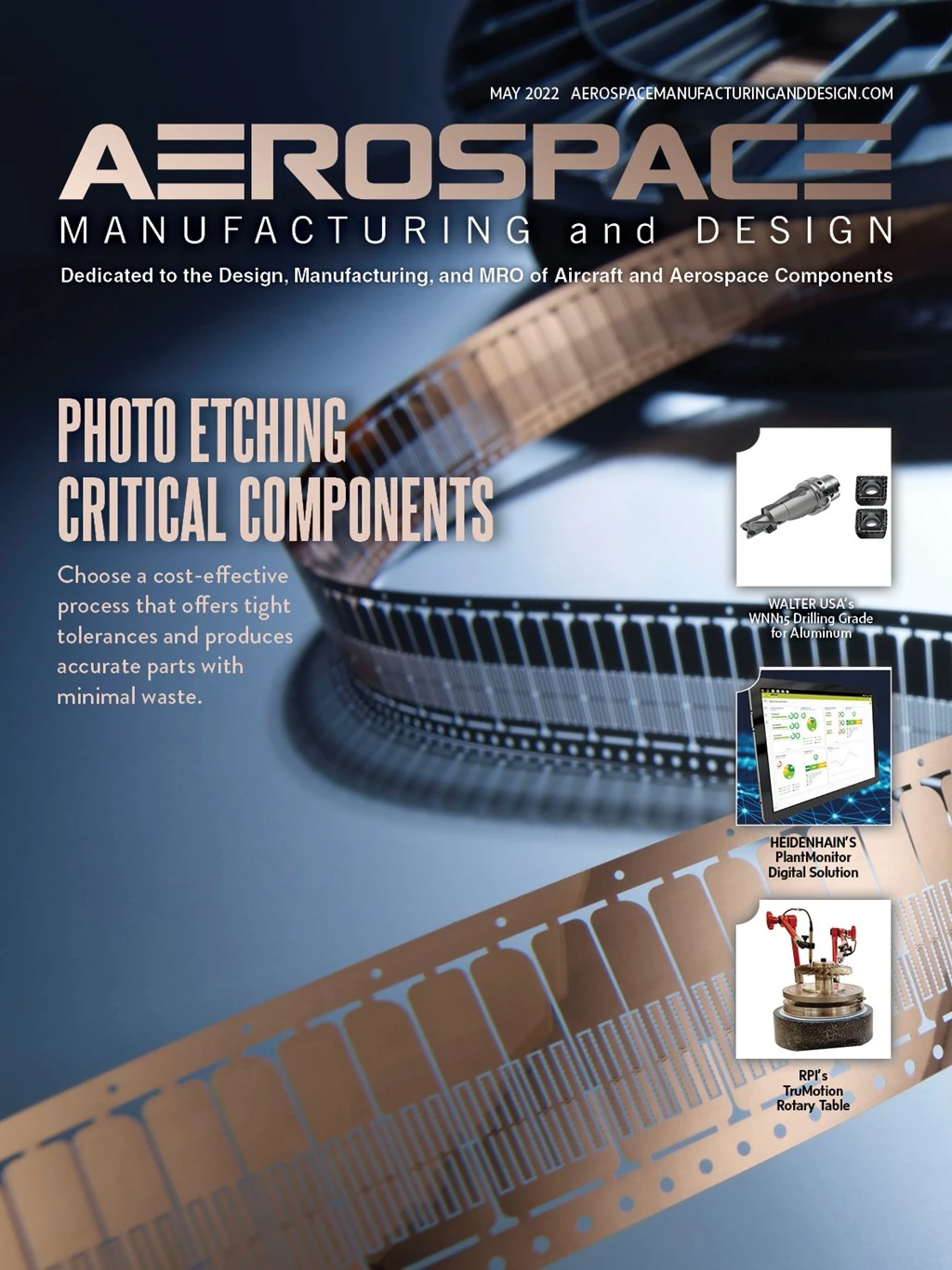 Photo courtesy of the University of Glasgow
Photo courtesy of the University of Glasgow
Dr. Bethany Lomax took part in the flights with co-authors Patrick McHugh, also of the University of Glasgow, and Paul Broadley, Gunter Just, and Greg Hutchings, from the University of Manchester.
Generating oxygen from water found on the surfaces of other planets could help support future long-term missions to the moon and Mars.
Researchers from the University of Glasgow and colleagues flew into microgravity to study how the different gravitational pull of other planets could affect the process of electrolysis, which uses electric current, passed through two electrodes, to split water into hydrogen and oxygen.
Currently, space missions carry all the oxygen they require with them in bulky tanks. However, scientists are proposing to find sources of oxygen instead in the form of ice, which may be present on both planetary surfaces.
Electrolyzing melted ice could free missions from the need to carry their own oxygen and help long-term habitations, such as NASA’s Artemis lunar station, become self-sustaining.
However, little is known about how electrolysis might function on Mars, where gravity is 1/3 that of Earth, and the moon, where it’s 1/6.
The team, led by Dr. Bethany Lomax, a Ph.D. student at University of Glasgow’s School of Chemistry, designed and built an experiment to take into microgravity environments created during parabolic flights that create brief periods of weightlessness during upward and downward arcs.
Aboard an Air Zero G Airbus A310 flown by the European Space Agency and Novespace, the researchers deployed four electrolysis cells built into a small centrifuge. During the plane’s microgravity moments, they created lower gravitational conditions by spinning the centrifuge at different speeds. During three flights of 31 parabolic arcs each, they measured the bubbles of oxygen produced at each cell’s electrodes.
The results suggest the electrochemical cells would produce 11% less oxygen in lower gravity than they would on Earth. Further experiments explored oxygen yield in conditions up to 8x Earth’s gravity showing it was possible to extrapolate reliable results for low-gravity conditions.
Lomax, now a research fellow at the European Space Agency, says, “The drop in efficiency at gravity levels relevant to the moon and Mars wasn’t investigated experimentally. The reduction in efficiency we observed might not seem like a huge difference, but in space missions, where every watt of power needs to be carefully budgeted, the extra electricity needed to match the cells’ terrestrial performance must be considered.”
Note: Researchers from the Universities of Glasgow and Manchester, the European Space Research and Technology Centre, and the Johns Hopkins University Applied Physics Laboratory contributed to the paper, “Predicting the efficiency of oxygen-evolving electrolysis on the Moon and Mars,” published in Nature Communications.

Explore the May 2022 Issue
Check out more from this issue and find your next story to read.
Latest from Aerospace Manufacturing and Design
- AAMI project call submission deadline extended to May 12
- Jergens launches cast iron tooling column additions
- Airbus to acquire assets relating to its aircraft production from Spirit AeroSystems
- FANUC America's Cobot and Go web tool
- Chicago Innovation Days 2025: Shaping the future of manufacturing
- High-density DC/DC converters for mission-critical applications
- #59 - Manufacturing Matters: Additive manufacturing trends, innovations
- ACE at 150: A legacy of innovation and industry leadership





